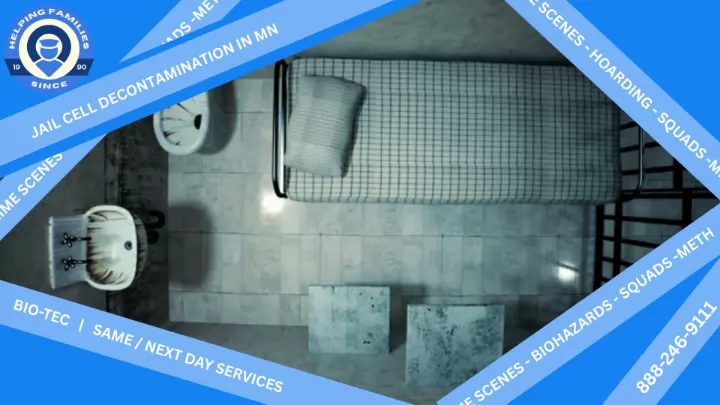How is electronic waste managed at crime scenes?
Electronic waste is securely documented and disposed of or recycled following strict e-waste management protocols to ensure safe handling.
Can proper cleaning improve vehicle resale value?
Yes, thorough cleaning restores a vehicle?s appearance and functionality, which can help maintain or even boost its resale value.
What is the protocol when biological waste contaminates squad car seat adjustment levers?
Levers are sanitized using tools designed to access small and intricate areas effectively.
Can hoarding cleanup services handle insect and rodent infestations?
Yes, hoarding cleanup services are trained to handle pest infestations, including insects and rodents. Hoarded homes often attract pests due to food buildup, clutter, and hidden nesting areas. Cleanup teams work alongside pest control professionals to eliminate infestations and prevent future occurrences. Once the home is decluttered and sanitized, professionals may recommend sealing entry points and maintaining cleanliness to keep pests from returning.
Can the cleaning process be standardized across different vehicles?
While many procedures are standardized, adjustments are made based on individual vehicle condition and contamination levels.
What happens when biohazards are spread to vehicle-mounted weapon racks?
Weapon racks are sanitized thoroughly to ensure safety and functionality.
Can the cleaning be performed on-site?
Most companies are equipped to perform on-site cleaning, reducing the need to transport vehicles and ensuring immediate remediation.
What cleaning protocols are followed for contamination of vehicle cup holders?
Cup holders are cleaned with specialized tools and disinfected to ensure complete safety.
How do cleanup companies handle situations with multiple contaminated areas?
They deploy resources strategically, addressing the most hazardous zones first while ensuring thorough decontamination of all affected areas.
Are there legal and regulatory requirements for suicide cleanup?
Yes, there are significant legal and regulatory requirements governing suicide cleanup, primarily due to the biohazardous nature of the scene. The Occupational Safety and Health Administration (OSHA) is the primary federal agency that sets standards for worker safety, and its **Bloodborne Pathogens Standard (29 CFR 1910.1030)** is highly relevant. This standard dictates strict guidelines for employees who may be exposed to blood or other potentially infectious materials (OPIM), requiring specific training, personal protective equipment (PPE), exposure control plans, and procedures for vaccination and post-exposure evaluation. Furthermore, the **Environmental Protection Agency (EPA)** and state-specific environmental regulations govern the proper handling, transportation, and disposal of biohazardous waste. This means that blood, tissue, and contaminated porous materials cannot simply be thrown into regular trash; they must be treated as medical waste and disposed of by licensed facilities. Some states also have specific laws or regulations pertaining to trauma scene cleanup, defining what constitutes a regulated medical waste and outlining proper cleanup procedures. Property owners themselves can be held liable if improper cleanup leads to health hazards for future occupants. Professional cleanup companies are knowledgeable about these intricate regulations and possess the necessary licenses and permits for biohazard waste transportation and disposal, ensuring the cleanup is performed legally and safely. Attempting a DIY cleanup without adherence to these regulations can lead to fines, legal repercussions, and ongoing health and safety risks.
